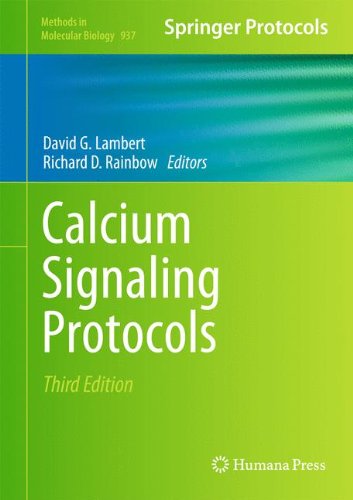

Most ebook files are in PDF format, so you can easily read them using various software such as Foxit Reader or directly on the Google Chrome browser.
Some ebook files are released by publishers in other formats such as .awz, .mobi, .epub, .fb2, etc. You may need to install specific software to read these formats on mobile/PC, such as Calibre.
Please read the tutorial at this link. https://ebooknice.com/page/post?id=faq
We offer FREE conversion to the popular formats you request; however, this may take some time. Therefore, right after payment, please email us, and we will try to provide the service as quickly as possible.
For some exceptional file formats or broken links (if any), please refrain from opening any disputes. Instead, email us first, and we will try to assist within a maximum of 6 hours.
EbookNice Team

Status:
Available5.0
5 reviewsThe regulation of intracellular Ca2+ has continued to be a powerful area of study since the publication of the first and second editions of Calcium Signaling Protocols, and the developments in the field have also, naturally, continued. With the third edition, expert contributors explore some of the exciting new molecular techniques that have both enabled new studies of intracellular Ca2+ regulation and provided much new information on processes. Comprised of five main section, the book covers theoretical and very simple suspension-based fluorimetric assays, specialist measurement systems, measurement of channel activity, measurement of store release, as well as specialist measurement techniques which include targeted probes, using G-protein chimeras to force Ca2+ signalling for screening, and genetically encoded sensors. Written in the highly successful Methods in Molecular Biology™ series format, chapters include introductions to their respective topics, lists of the necessary materials and reagents, step-by-step, readily reproducible laboratory protocols, and tips on troubleshooting and avoiding known pitfalls.
Updated and accessible, Calcium Signaling Protocols, Third Edition will be a valuable reference for all those contemplating a move into the study of intracellular Ca2+.